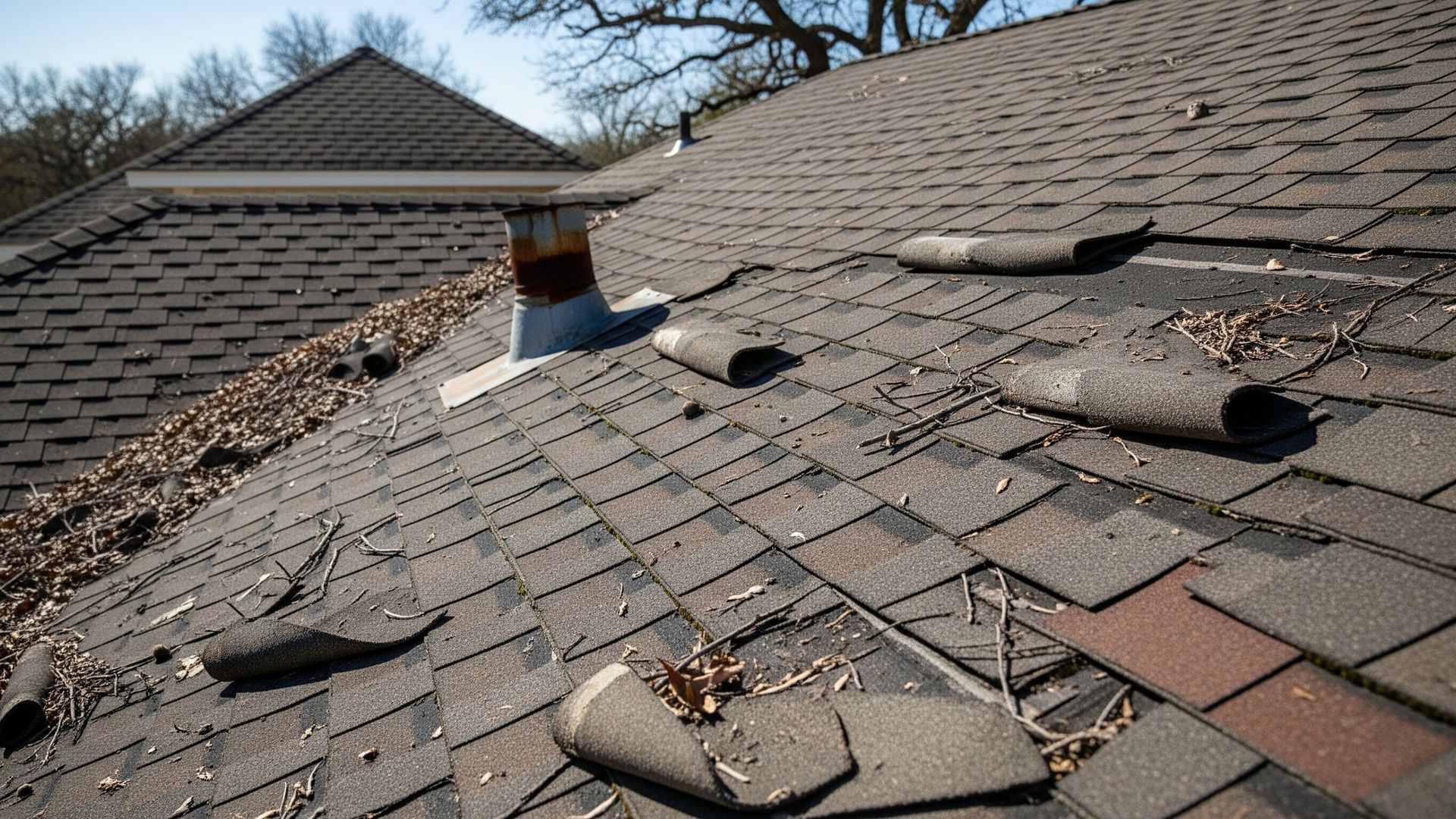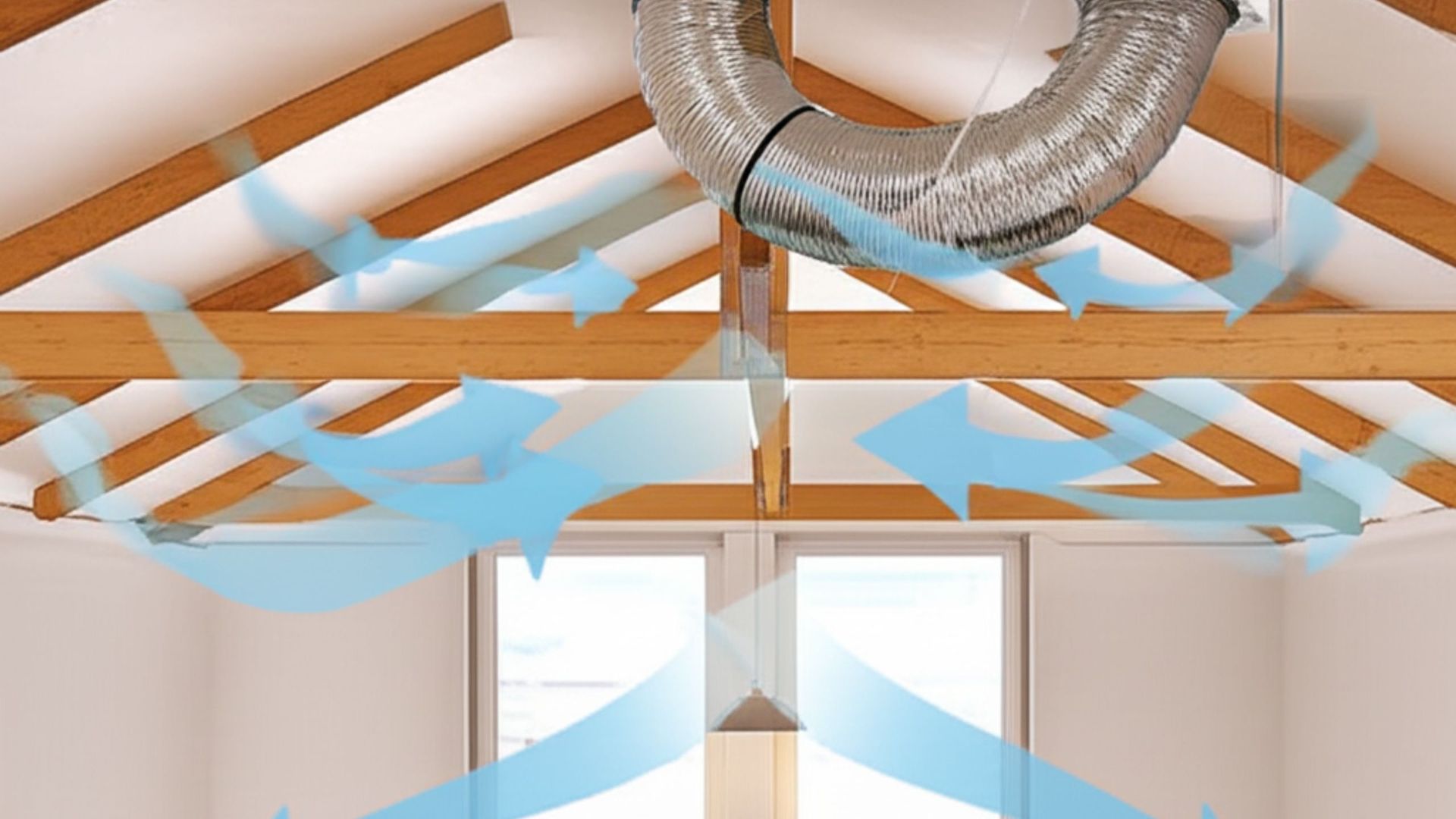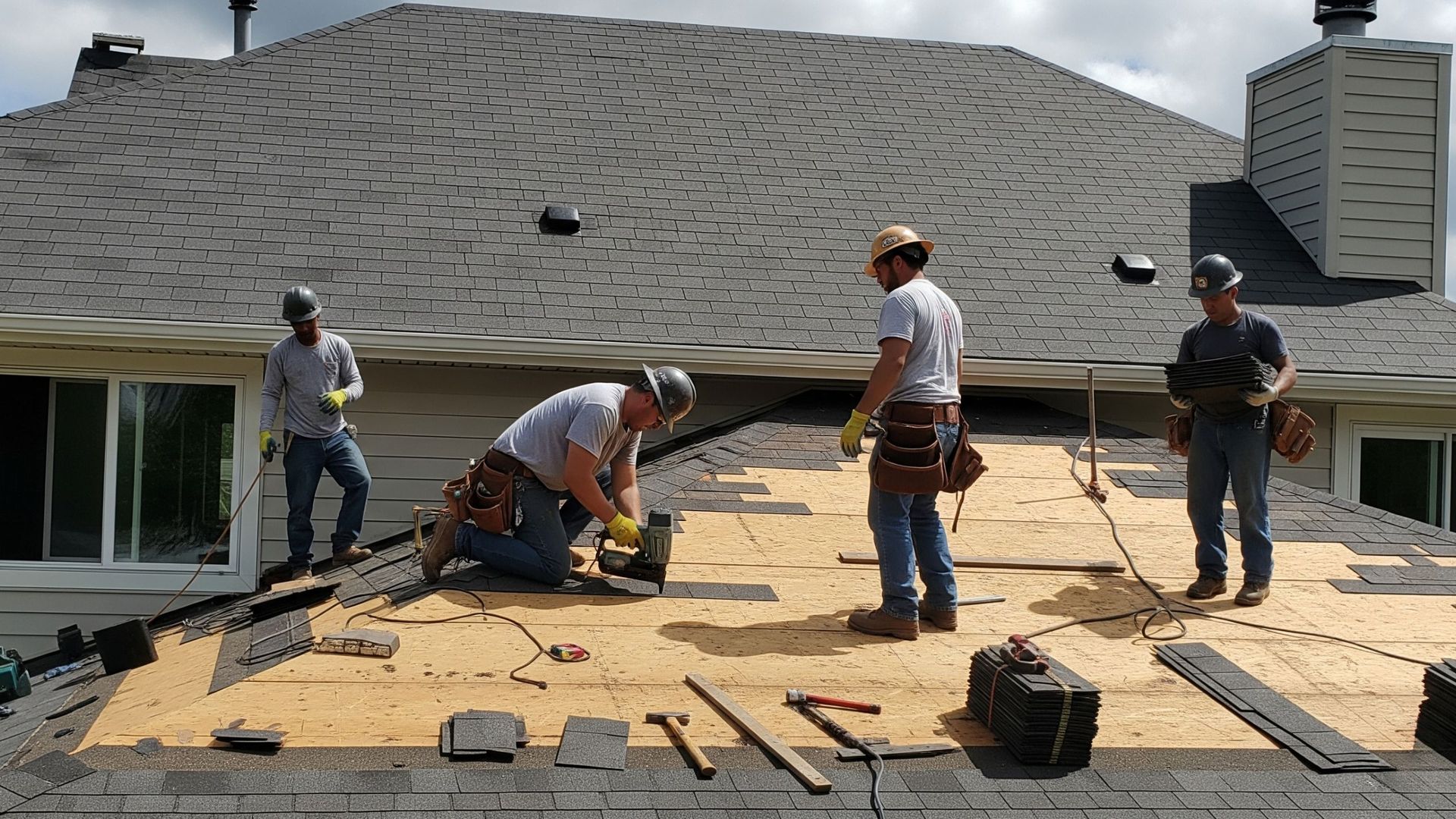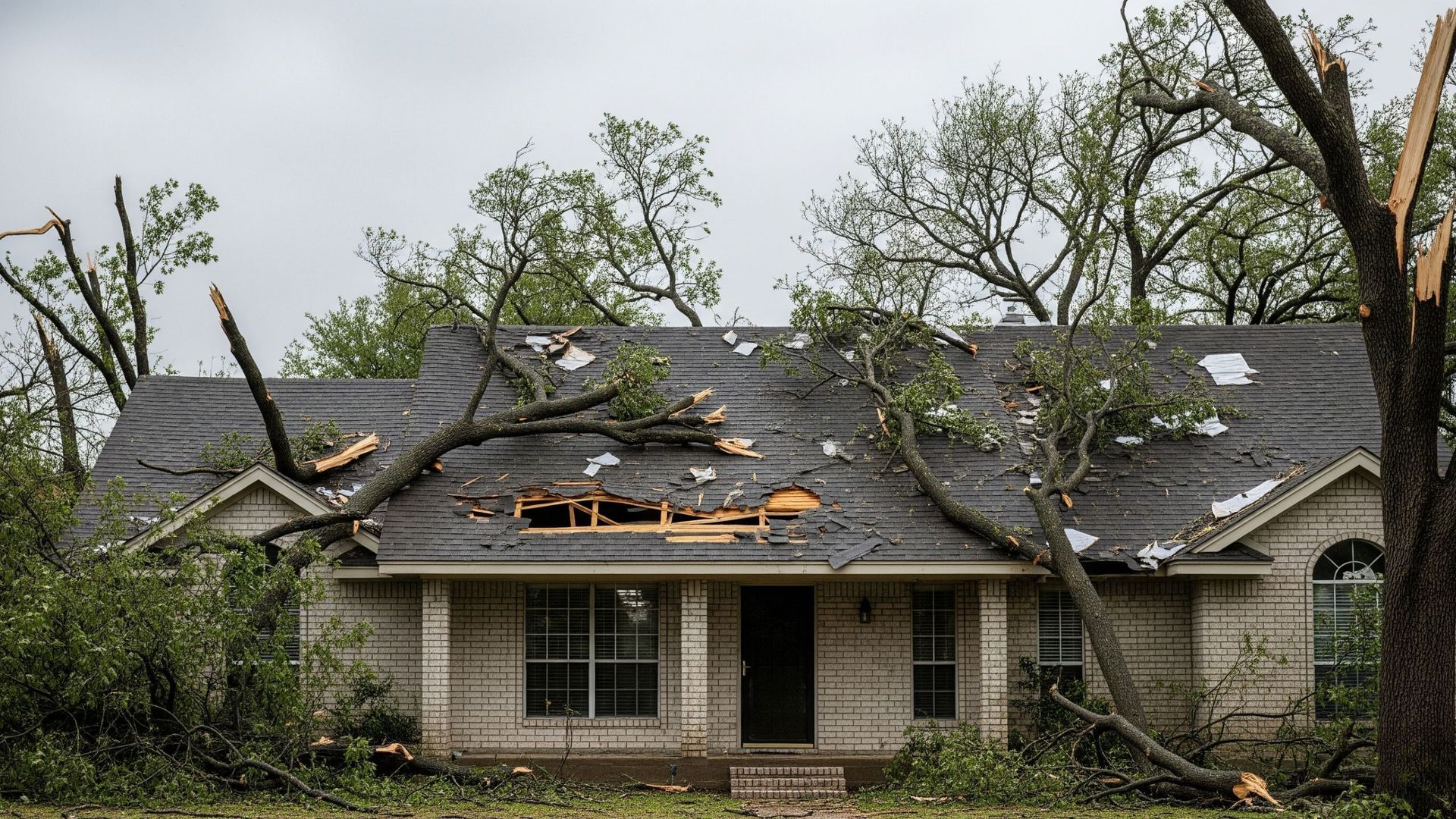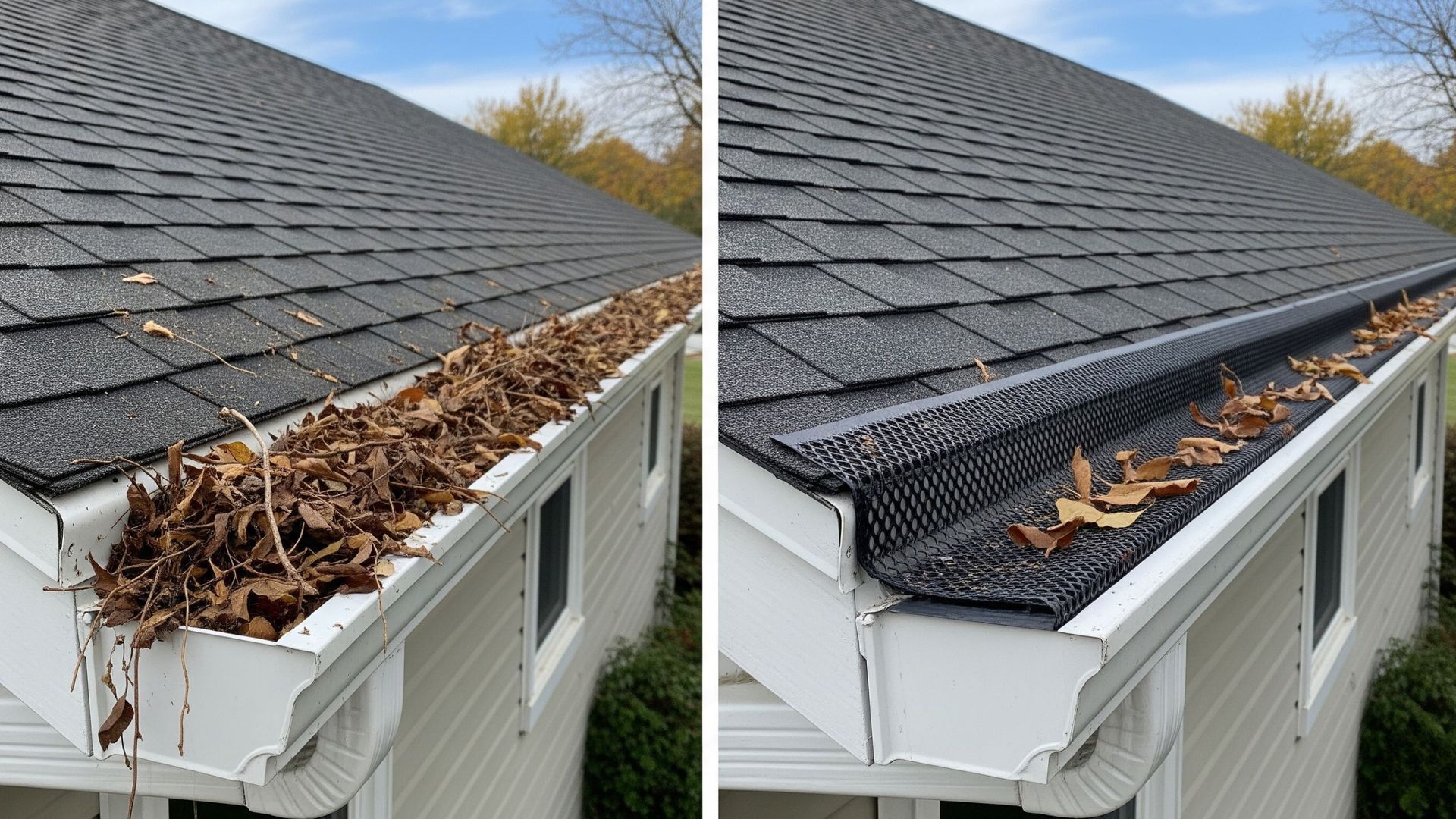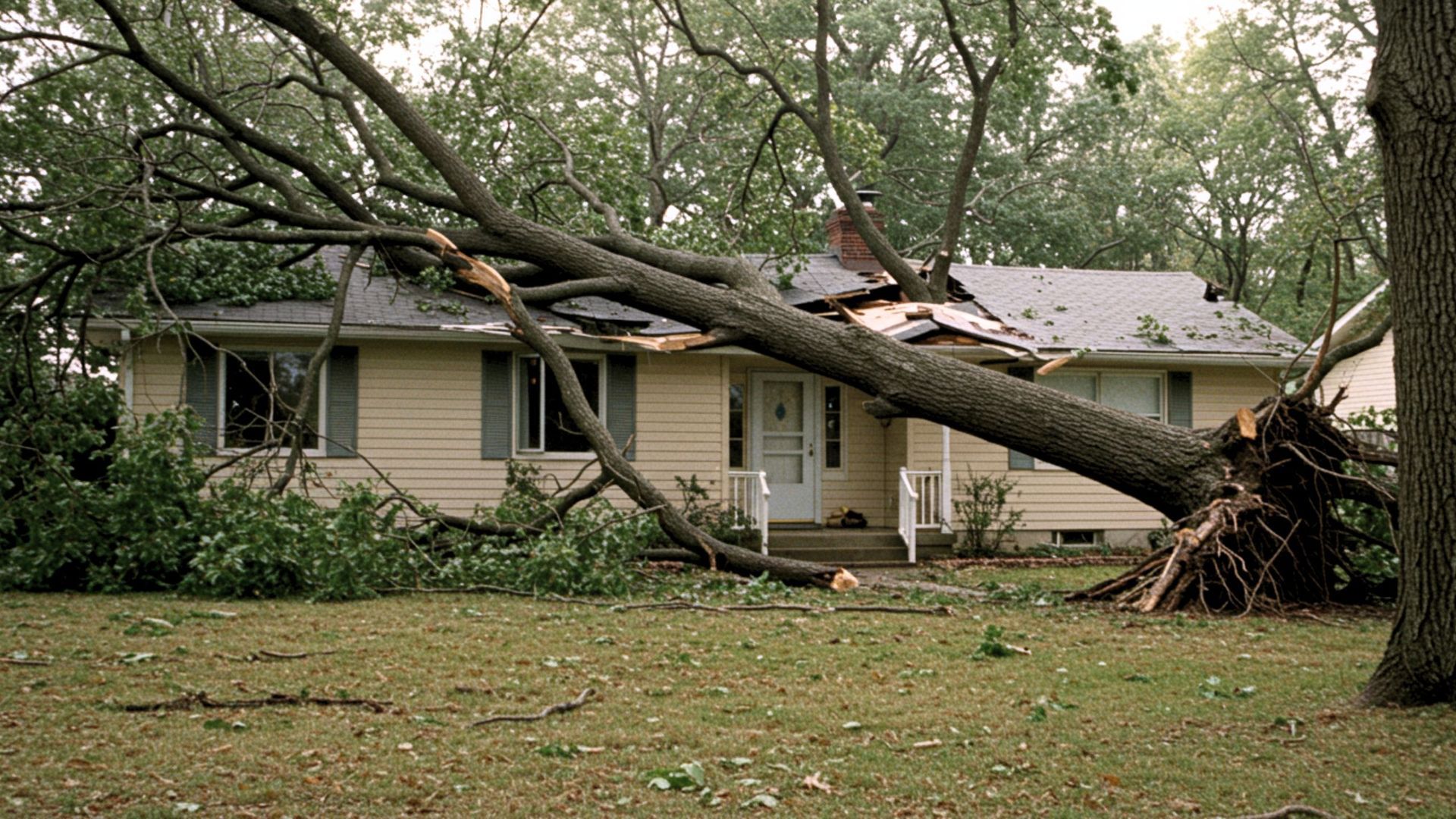Thinking of Replacing Your Roof? Here’s Why Timing Is Everything
Replacing a roof isn’t just about aesthetics or even leaks.
More often, it’s about recognizing when your roof is nearing the end of its useful life and taking action before problems arise.
Delaying too long can leave your home vulnerable. Storms, heat, and time degrade roofing materials — and by the time damage becomes visible inside, you may already be facing expensive repairs.
The Risks of Delaying Roof Replacement
Roofs age silently. From the ground, everything might appear fine — but small cracks, worn shingles, or moisture accumulation can lead to significant issues over time.
Common problems caused by postponed replacement include:
- Water stains on ceilings and walls.
- Rotted roof decking or framing.
- Mold growth from hidden leaks.
- Rising energy costs due to inadequate ventilation.
- Emergency repairs after storm damage.
Addressing problems early often lowers overall costs and helps keep your home safe and dry.
How to Know When It’s Time
Most roofs exhibit signs before they fail completely. It’s helpful to know what to look for.
Here are a few key indicators that a roof replacement may be necessary:
- The roof is over 15 years old.
- Shingles are curling, cracked, or missing.
- You’re finding granules in your gutters.
- Dark streaks or discoloration are visible from the ground.
- You see sunlight or moisture in the attic.
These signs don’t always indicate immediate replacement, but they provide a good reason to schedule a professional roof inspection.
Why Timing Makes a Difference
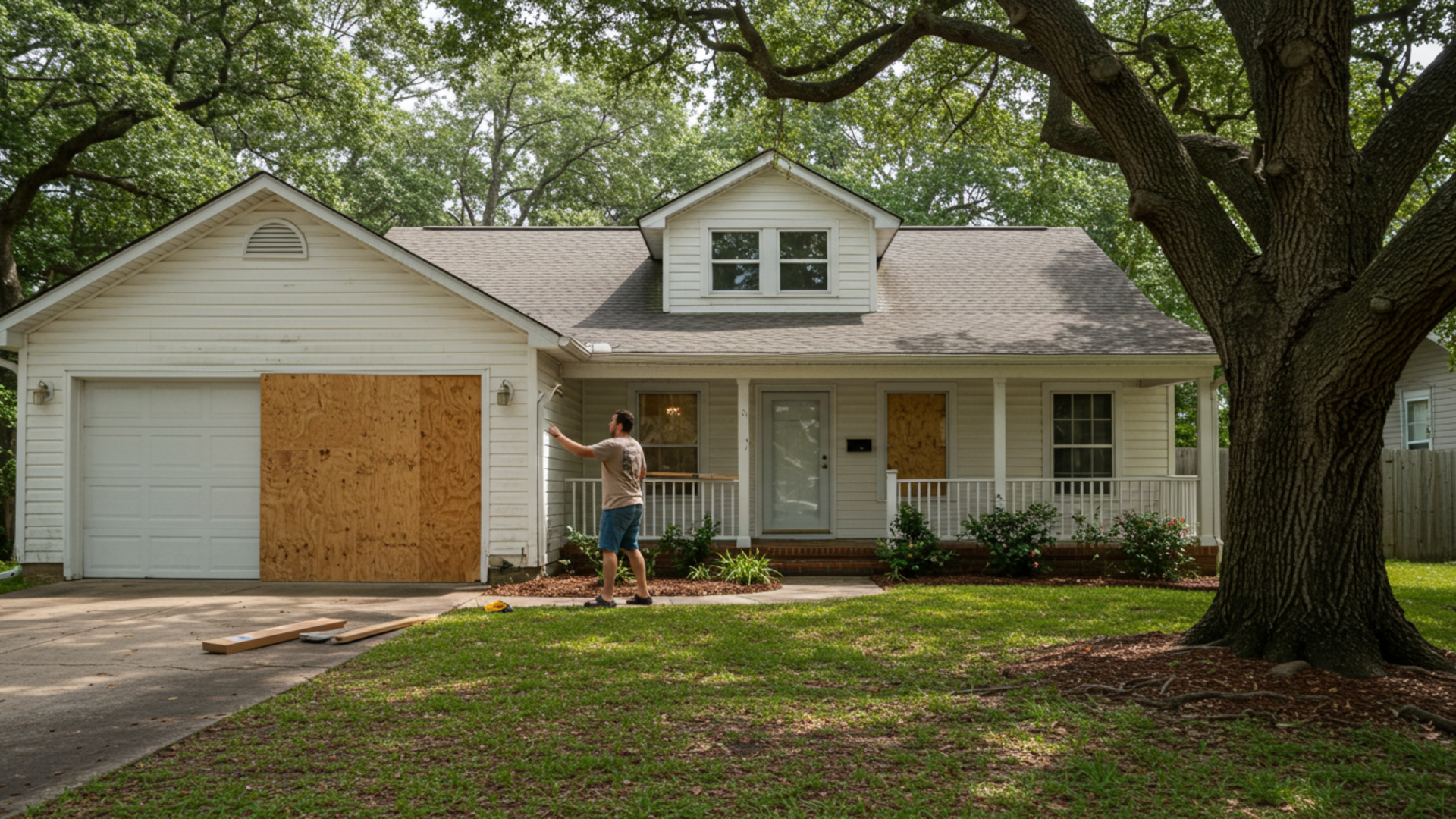
In areas such as Montgomery, Walker, San Jacinto, and Waller Counties, spring and early summer are ideal times for roofing projects.
This time of year offers:
- Mild, consistent weather for safer and faster work.
- Better sealing conditions for shingles.
- Fewer scheduling delays.
- A chance to prepare before hurricane season arrives.
Replacing your roof when conditions are favorable ensures a smoother process and helps avoid being rushed into repairs during an emergency.
What the Roof Replacement
Process Looks Like
Knowing what to expect can simplify the planning process. Most roof replacements follow these steps:
- Your current roof is thoroughly inspected.
- You select your new roofing materials and colors.
- A convenient time is scheduled for the project.
- The old roof is removed and replaced.
- The work area is cleaned, and final checks are conducted.
Many homeowners also take the opportunity to inspect or replace their gutters during this time, especially if water drainage issues have been a problem in the past.
When Roof Damage Affects More Than the Roof
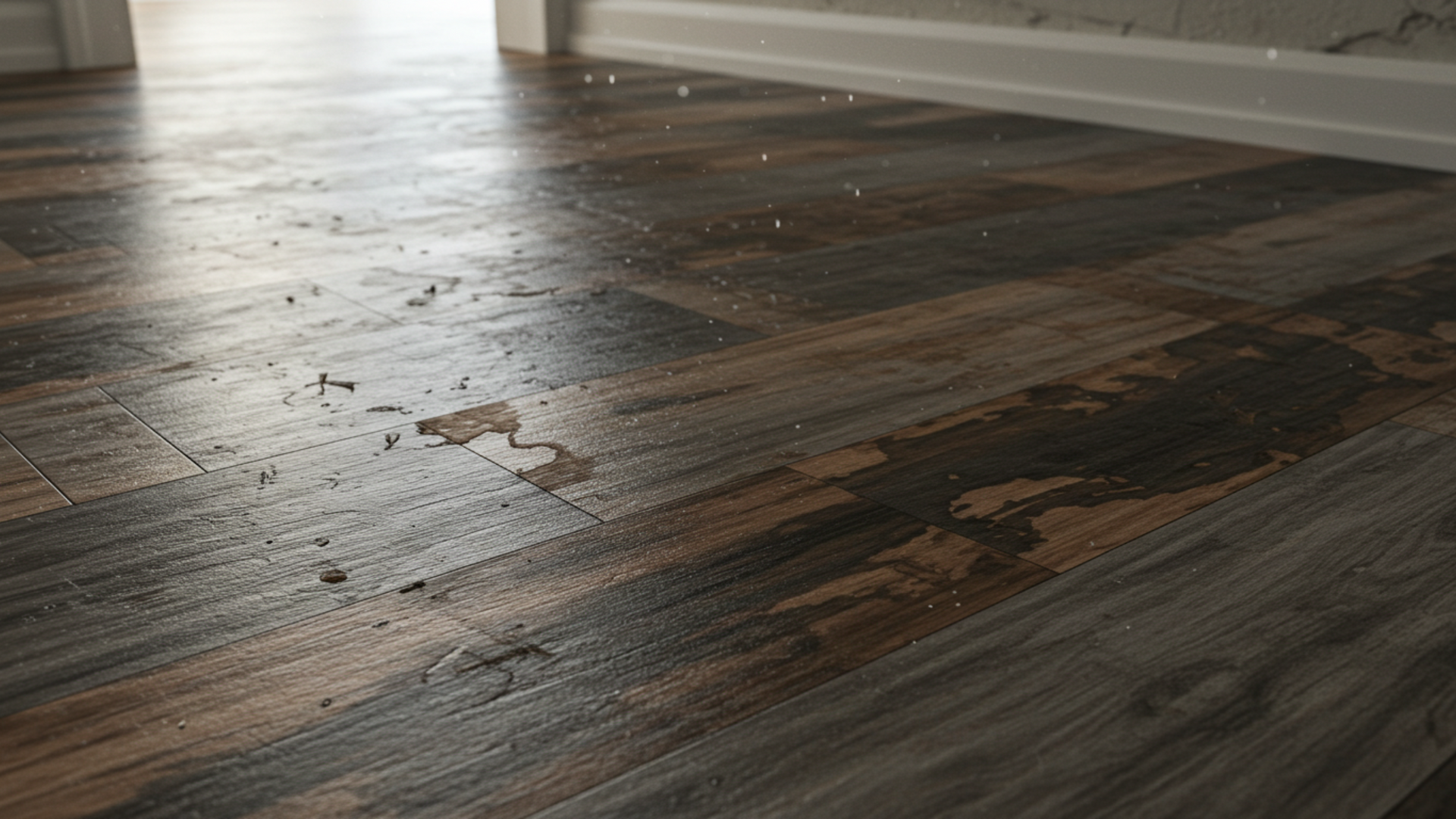
Roof problems don’t always remain confined to the roof.
Leaks and water intrusion can damage ceilings, walls, insulation, and flooring.
In such cases, roof replacement is only part of the solution. Addressing interior repairs is equally vital for restoring the safety and comfort of the home.
Tips for Homeowners
Here’s how to maximize your roof warranty:
- Keep your paperwork – save warranty info and proof of installation.
- Schedule regular roof inspections to catch small issues early.
- Work with certified roofing contractors who offer both solid labor and manufacturer-backed warranties.
- Ask questions before you sign any contract.
A Local Perspective on
Roofing Decisions

In storm-prone areas of Texas, roofs face numerous challenges, including heat, wind, hail, and humidity. Choosing the right materials and timing replacement wisely helps your roof last longer and perform better.
Understanding when your roof needs attention and what the replacement process entails allows you to make informed decisions before minor issues escalate into emergencies.
Ready for a Roof That Lasts?
Contact TrustWorks Construction!
Don’t wait until it’s too late. TrustWorks Construction specializes in expert roof replacements that combine quality, durability, and style.
📞 Call us today for a free inspection: 936-209-4773
